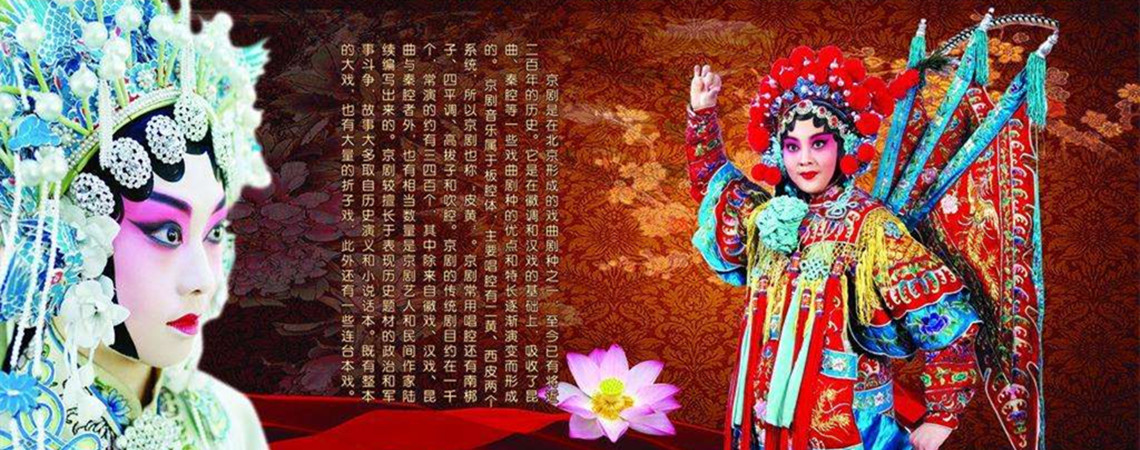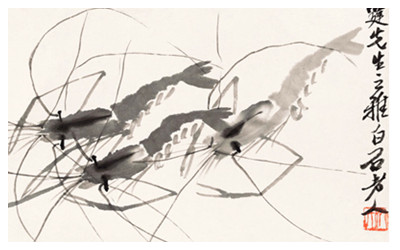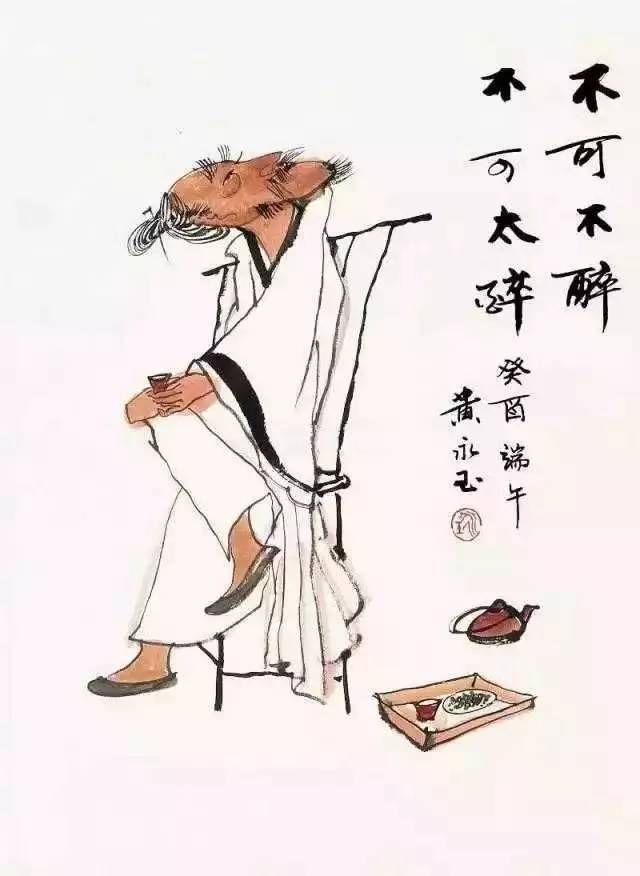Skype: neodalle-travel
Tel: +86 135 7447 2266
E-mail: sales@visitaroundchina.com

 Chinese painting is a traditional form of painting pictured on papers or silks with brush dipping with water, ink, and water color. Chinese painting reflects the ancestors’ recognition about nature, society, politic, religion, philosophy as well as morality, so Chinese painting is said to be an essential component of Chinese culture.Chinese Painting is derived from Han Dynasty, when Han people believed that China was in the middle of the world, so the drawing of China was named “Chinese Painting”.
Chinese painting is a traditional form of painting pictured on papers or silks with brush dipping with water, ink, and water color. Chinese painting reflects the ancestors’ recognition about nature, society, politic, religion, philosophy as well as morality, so Chinese painting is said to be an essential component of Chinese culture.Chinese Painting is derived from Han Dynasty, when Han people believed that China was in the middle of the world, so the drawing of China was named “Chinese Painting”.
 The themes of Chinese painting are commonly divided into figures, mountains and river, flowers and birds.
The themes of Chinese painting are commonly divided into figures, mountains and river, flowers and birds.
Figure Painting
Figure painting refers to paintings made figure image as the main characters. According to the record, as early as Shang and Zhou Dynasties, there had been fresco. Gu Kaizhi in Eastern Jin, Yan Liben in Tang Dynasty, Wu Daozi, etc were all skilled in figure painting and made great contribution to figure painting.
Landscape Painting
The components of landscape painting includes mountains, water, stone, tree, house, bridge, tower, wind, rain, snow, sun, and so on. Landscape painting in Wei-Jin, the Northern and Southern Dynasties appeared just as background. In Sui and Tang Dynasties it was independent.
Ink painting
Ink painting originated from Five Dynasties and prevailed in Song and Yuan Dynasties. Ink painting was drawn with pure ink, which has three basic element: simplicity, symbolism as well as naturality. For a long time, ink painting took an important position in Chinese painting history.
Bird-and-flower painting
Before Wei-chin period, bird and flower were objects of Chinese art and always painted or casted on pottery or bronze. At that time, these animals were connected with mythology, full of mystery.
Gu Kaizhi, (348-409), an outstanding painter in Eastern Jin Dynasty, was good at painting figures, Buddha, animal, landscape, etc. Surviving works: Lo River Map, and Picture of Lady Officials.
Yan Libe (601-673), an distinguished drawer in Tang Dynasty, was born in noble family. His panting subjects were taken from a wide range. Surviving works: the Chariot Step Figure, and Thirteen portraits for emperors.
Wu Daozi, another outstanding painter in Tang Dynasty, was named the “sage of painting” by generations. He was engaged his whole life in the creation of religious fresco. Surviving works: Born of Gautama Buddha and Picture scroll of 87 immortals.
 Ask Questions ?
Ask Questions ?